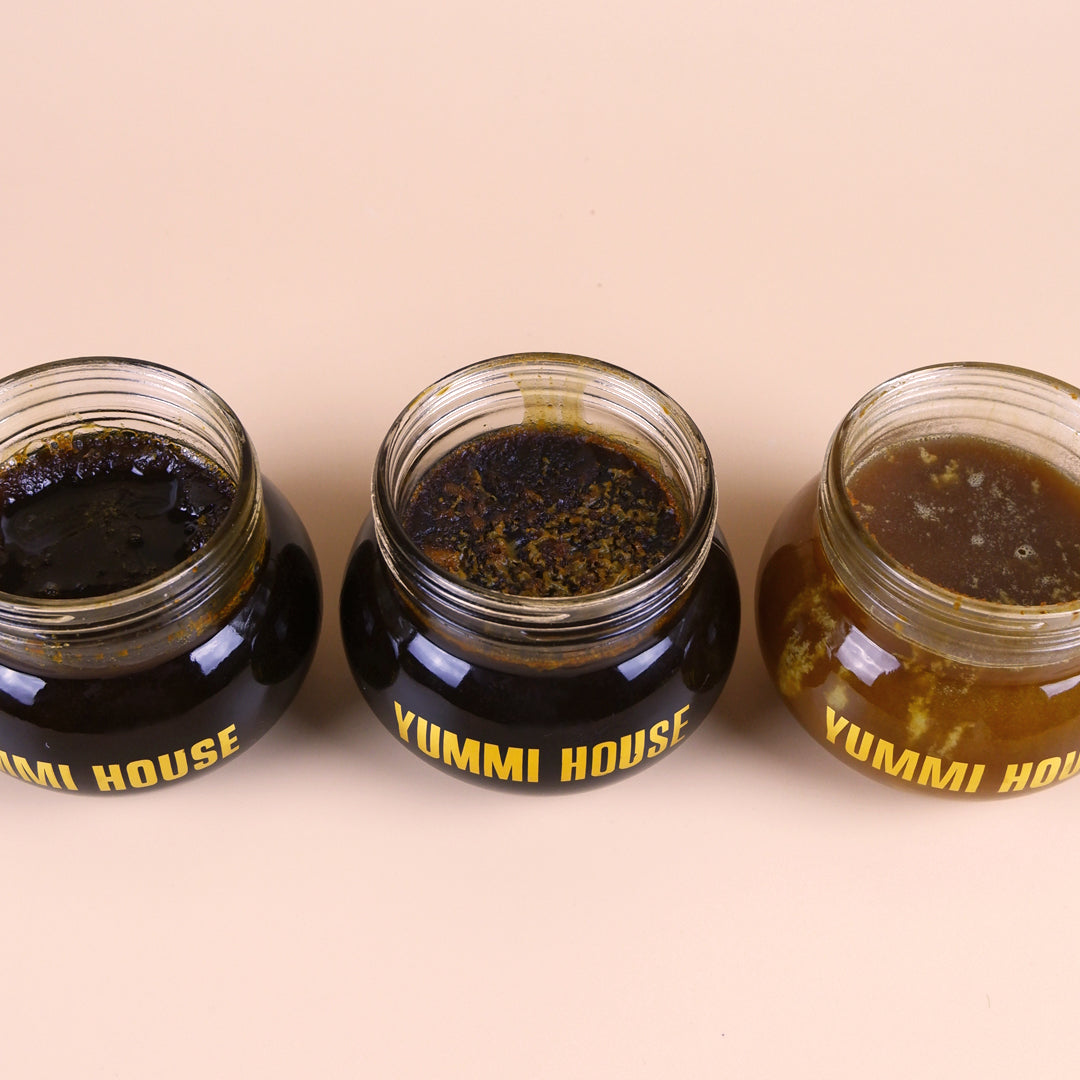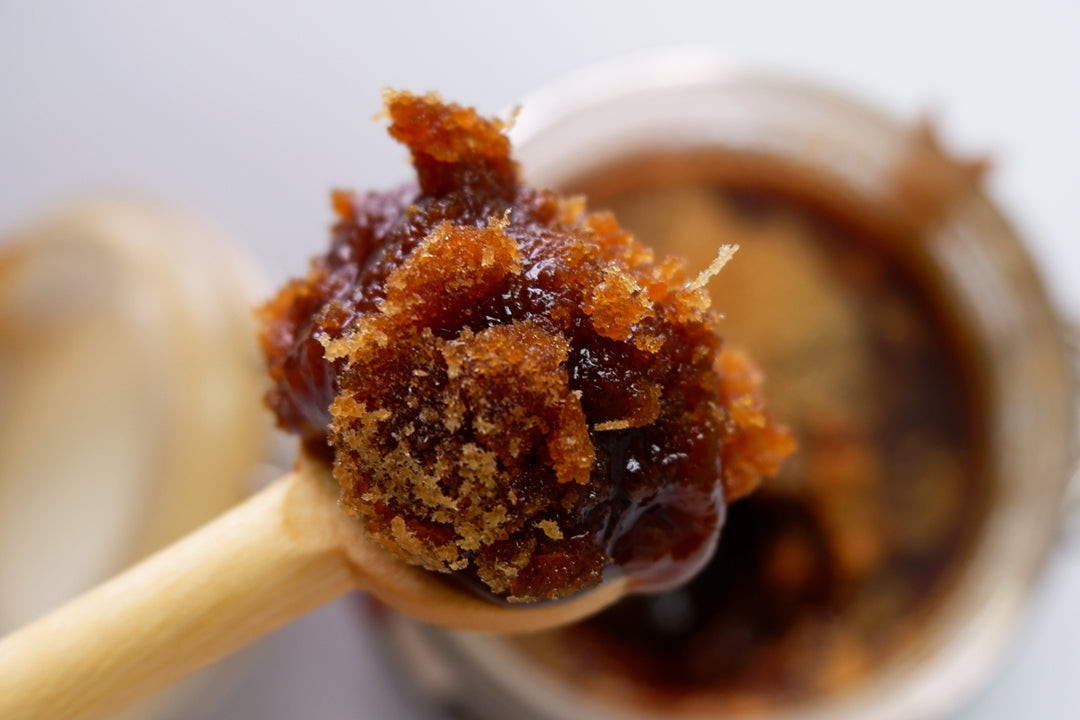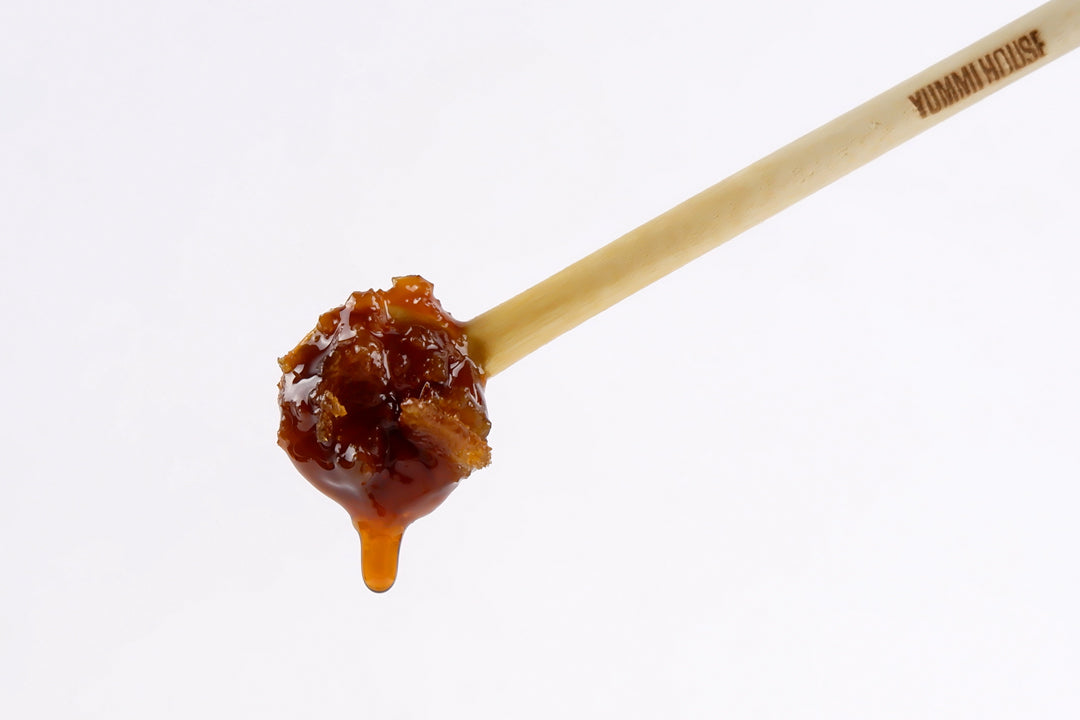Natural Crystallization Phenomenon
When you open the lid and find that honey has turned solid or into a semi-thick state, it is due to the Natural Crystallization Phenomenonthat occurs in wild honey.

The main component of natural wild honey is glucose. Glucose is a monosaccharide with high solubility, but at low temperatures, especially below the honey's cooling point (greater than 0°C and less than 40°C), glucose begins to gradually crystallize.

Another reason is that freshly collected honey typically contains relatively high moisture content. However, over time, the water content in honey decreases gradually, while the sugar concentration increases. When the concentration of glucose exceeds its saturation point at the current temperature, glucose begins to precipitate and crystallize from the solution. It's worth noting that sucrose can also crystallize, but it usually does so more slowly than glucose.

Crystallization begins with tiny glucose crystal nuclei. These small nuclei act as seeds, attracting other glucose molecules to join together. Once these crystal nuclei form, other glucose molecules gradually attach to them, causing the crystals to grow larger. This process continues until most of the glucose in the honey exists in crystalline form. This is what you observe as the honey crystallization phenomenon.
Crystallization DOES NOT harm the quality or edible value of honey. In fact, some people prefer crystallized honey because it is easier to spread on food and is more convenient to carry and store.
If you want to return crystallized honey to its liquid state, you can gently heat it, but be careful NOT to use too high temperature to avoid damaging the natural enzymes and nutrients in the honey.
In general, the crystallization is actually a phenomenon and process in which glucose is precipitated and separated from honey.
